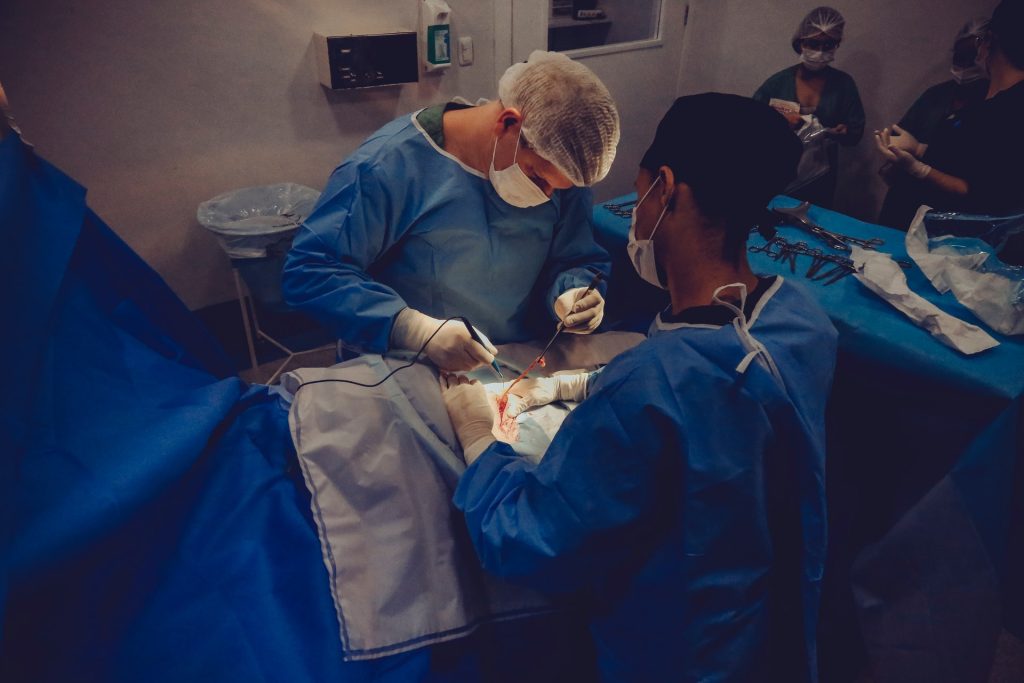A Smart Contact Lens Battery Powered by Tears

Singapore scientists have developed a flexible battery as thin as a human cornea, which can store electricity when immersed in a saline solution such as tears. The scientists described their research in Nano Energy, and believe that this technology could one day power smart contact lenses.
Smart contact lenses are high-tech contact lenses capable of displaying visible information on the cornea and can be used to access augmented reality as well as monitoring health and their normal function of correcting vision. But they need power, and existing rechargeable batteries rely on wires or induction coils that contain metal and are unsuitable for use in the human eye, as they are uncomfortable and present risks to the user.
The battery, developed by Nanyang Technological University, is made of biocompatible materials and does not contain wires or toxic heavy metals, such as those in lithium-ion batteries or wireless charging systems. It has a glucose-based coating that reacts with the sodium and chloride ions in the saline solution surrounding it, while the water the battery contains serves as the ‘wire’ or ‘circuitry’ for electricity to be generated.
The battery could also be powered by human tears as they contain sodium and potassium ions, at a lower concentration. Testing the current battery with a simulated tear solution, the researchers showed that the battery’s life would be extended an additional hour for every twelve-hour wearing cycle it is used. The battery can also be charged conventionally by an external power supply.
Associate Professor Lee Seok Woo, from NTU’s School of Electrical and Electronic Engineering (EEE), who led the study, said: “This research began with a simple question: could contact lens batteries be recharged with our tears? There were similar examples for self-charging batteries, such as those for wearable technology that are powered by human perspiration.
“However, previous techniques for lens batteries were not perfect as one side of the battery electrode was charged and the other was not. Our approach can charge both electrodes of a battery through a unique combination of enzymatic reaction and self-reduction reaction. Besides the charging mechanism, it relies on just glucose and water to generate electricity, both of which are safe to humans and would be less harmful to the environment when disposed, compared to conventional batteries.”
The research team has filed for a patent through NTUitive, NTU’s innovation and enterprise company. They are also working towards commercialising their invention.
Cry me a current
The team demonstrated their invention using a simulated human eye. The battery, which is about 0.5 millimetres-thin generates electrical power by reacting with the basal tears – the constant tears that create a thin film over our eyeballs – for the devices embedded within the lenses to function.
The flexible and flat battery discharges electricity through a process called reduction when its glucose oxidase coating reacts with the sodium and chloride ions in the tears, generating power and current within the contact lenses.
The team demonstrated that the battery could produce a current of 45 microamperes and a maximum power of 201 microwatts, which would be sufficient to power a smart contact lens.
Laboratory tests showed that the battery could be charged and discharged up to 200 times. Typical lithium-ion batteries have a lifespan of 300 to 500 charging cycles.
The team recommends that the battery should be placed for at least eight hours in a suitable solution that contains a high quantity of glucose, sodium and potassium ions, to be charged while the user is asleep.
Source: Nanyang Technology University


